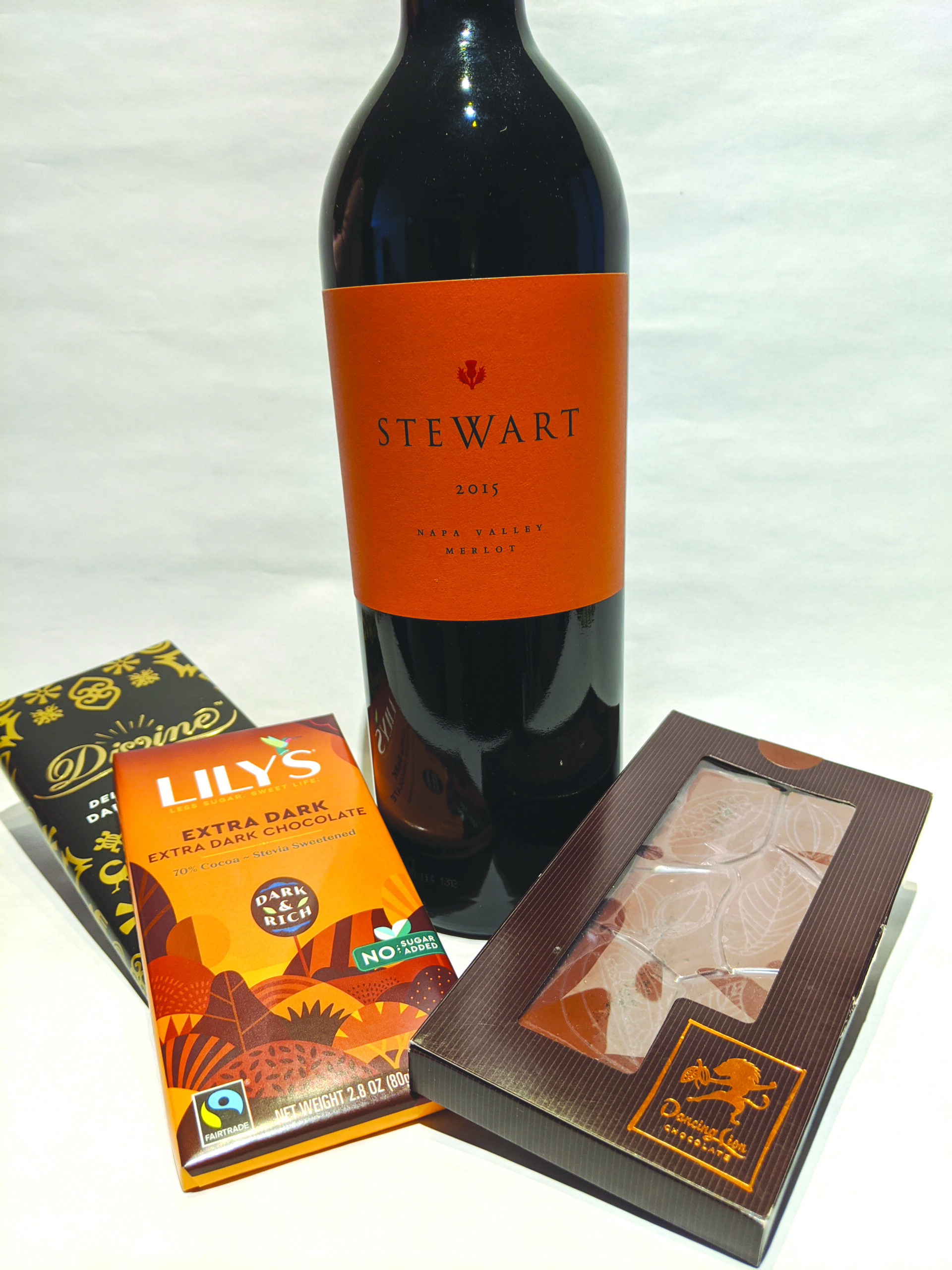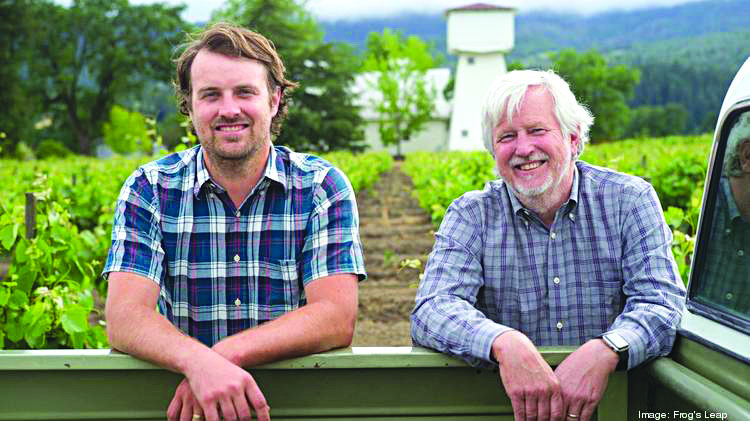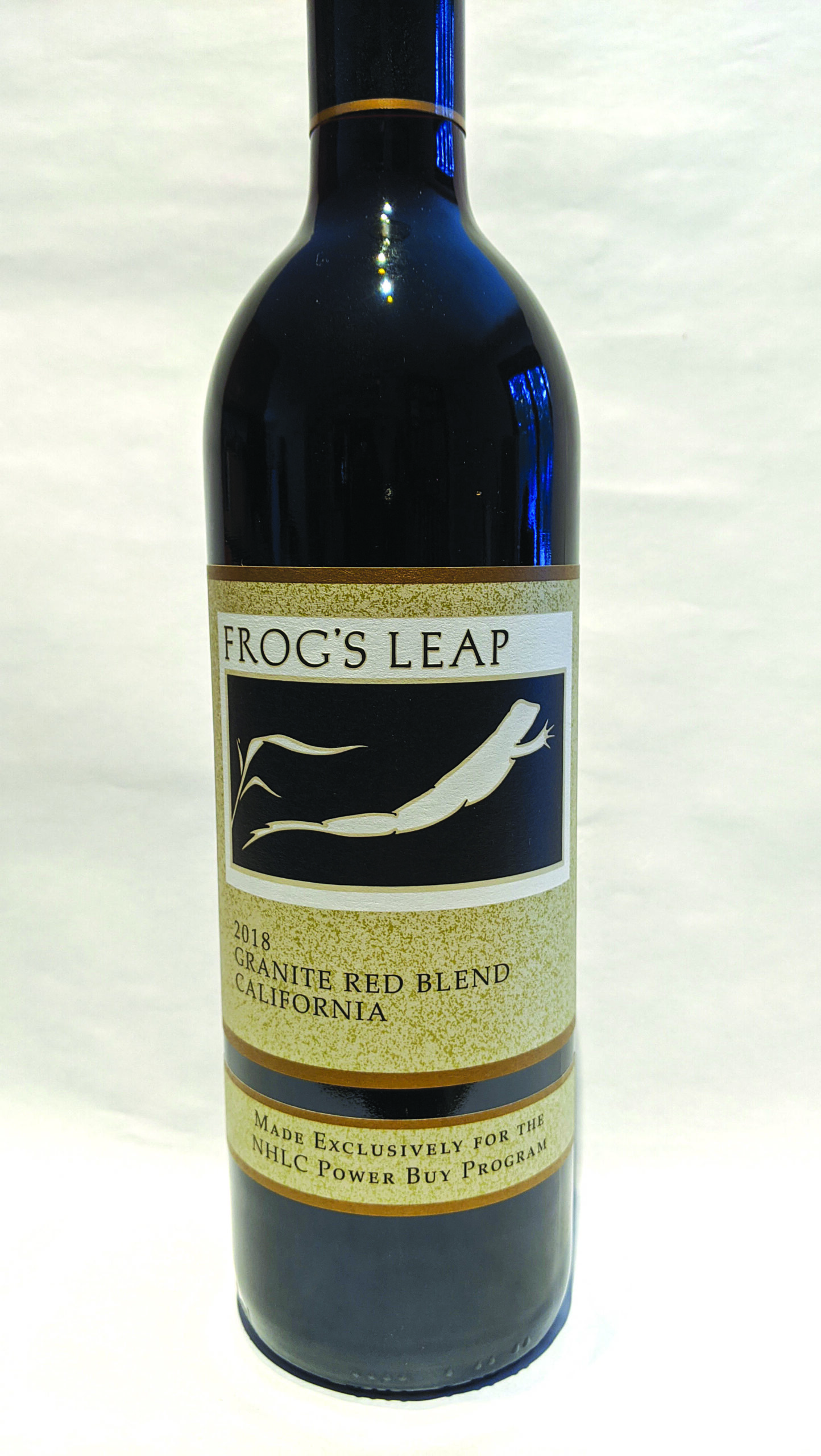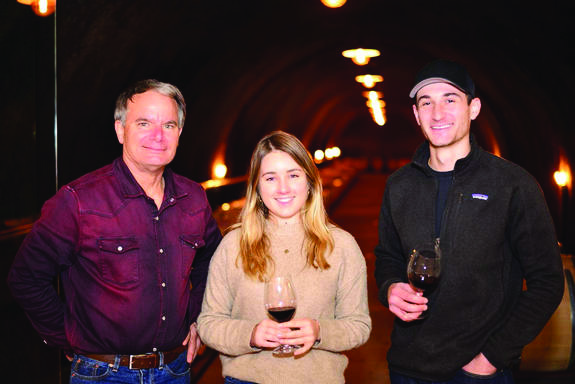The winemaker for Peter Paul Wines
Meet Martin Reyes, a Master of Wine and the first American of Mexican descent to achieve that honor. Reyes is a wine maker and chief wine officer for Peter Paul Wines in Napa Valley, California, and an importer for the Pennsylvania market. The recipient of many wine accolades, Reyes said in a recent phone interview that he stumbled into the wine industry. A graduate of Stanford in 2000, he set out to become a recruiter for high-tech companies, up until the bottom fell out of the tech economy immediately thereafter. Without a job, he tended bar and became interested in the business of wine, winemaking and viticulture. He stocked shelves and then landed a job with Fred Beringer at the St. Helena Wine Center (re-named The Bottle Shop last year). In this well-established tasting room, Martin learned how to appreciate extraordinary wines, his favorite of which is Champagne. He credits his accomplishments to the support of the Beringers.
The Institute of Masters of Wine is the home of exceptional expertise in the wine world. Started more than 65 years ago as an exam for the U.K. wine trade, it is now a globally recognized title held by just over 400 individuals worldwide and 50 in the United States. The exam tests the breadth and depth of a candidate’s theoretical knowledge and tasting skills in the art, science, and business of wine. One must prepare a theory paper and in-depth research project. Martin’s MW dissertation, “Crowdsourced Ratings for Wine: Exploring the Rise of the Consumer Critic and Its Impact on Purchasing Behavior in a U.S.A. Environment,” was recently published (read it at reyeswinegroup.com).
Peter Paul Wines is owned by Peter T. Paul, CEO of Headlands Asset Management, and an alumnus and benefactor of the University of New Hampshire. Shortly after forming the winery, Peter Paul brought on Martin to develop a portfolio of wines. Martin set out to source grapes from some of the best vineyards in Napa and Sonoma and is now producing extraordinary wines, the “Live Free or Die” wines being exclusive to the state of New Hampshire. A portion of the sale of these wines also goes back toward supporting local New Hampshire organizations.
Peter Paul “LIVE FREE OR DIE” 2017 Sonoma Coast Chardonnay (originally $24.99 at the New Hampshire Liquor & Wine Outlet and reduced to $21.99) has a beautiful straw color and floral aromas of apple and peach along with some yeast. It is full to the mouth with melon and minerality, along with a touch of citrus. Vanilla is also present in the long finish on the palate, a perfect pairing to shellfish. The grapes of this wine come from the Bacigalupi Vineyard, in the Russian River Valley. The Bacigalupi Vineyard is famous for having produced the fruit that went into the Napa Valley Chardonnay from Château Montelena, which triumphed over acclaimed French wines in the 1973 Paris tasting.
Peter Paul “LIVE FREE OR DIE” 2018 Sonoma Coast Pinot Noir (also originally $24.99 at the New Hampshire Liquor & Wine Outlet, and reduced to $21.99) is a pedigree from another outstanding vineyard in Sonoma, Terra de Promissio vineyard in the Petaluma Gap. Terra de Promissio (Land of Promise) grapes go into some of the finest wineries’ blends, including Castello di Amerosa, Hanzell Vineyards, Kosta Browne and Williams-Selyem. Planted in 2002 by Charles and Diana Karren, a converted 53-acre ranch with rolling hills and a southwestern exposure, it is one of the most sought-after producers of pinot noir grapes. This wine has a beautiful red garnet color. It has a light bouquet of cherry, along with some earthiness, a departure from many pinot noirs and more akin to Burgundian pinot noirs. The nose carries through to the palate with a bright and lush texture and acidity to a long finish.
Peter Paul 2016 Napa Valley Cabernet Sauvignon (available at the New Hampshire Liquor & Wine Outlet at $39.99) is a blend of cabernet sauvignon, cabernet franc, petit verdot, merlot and malbec grapes, sourced throughout Napa Valley from Rutherford, to Mount Veeder, to St. Helena. This is a low production line of only 400 to 500 cases. The nose is of cassis, plum and vanilla. On the tongue, the wine is full of black cherry fruit and light, velvety tannins. The finish is long, which makes this a perfect pairing for a fine, rare rib-eye steak. This wine was awarded “One of the U.S.’s Best Napa Cabernets” by Wine & Spirits magazine.
Working alongside Trevor Smith, a former cellar master at Screaming Eagle who offers his technical expertise, Martin has created wines that are not only great tasting but appealing because of their price points, one of the hallmarks of Martin’s goals to popularize wine.
Featured photo: Peter Paul wines. Courtesy photo. Martin Reyes. Courtesy photo.







